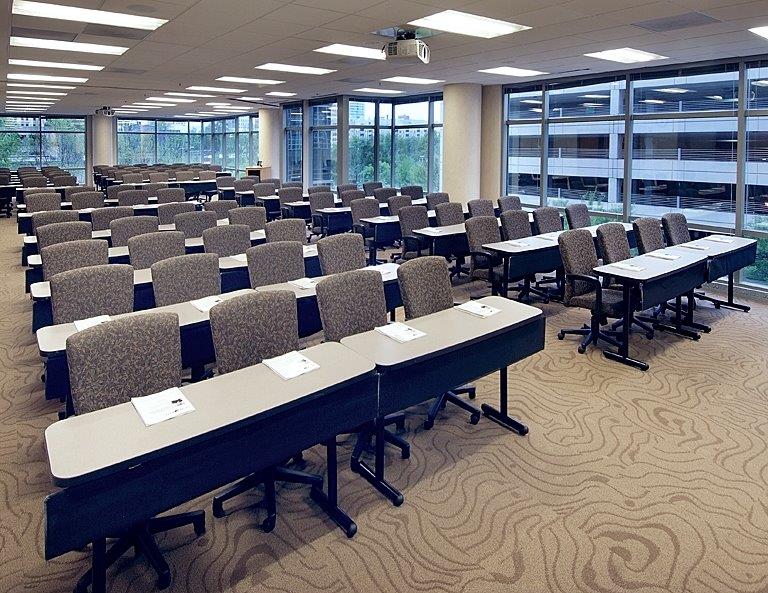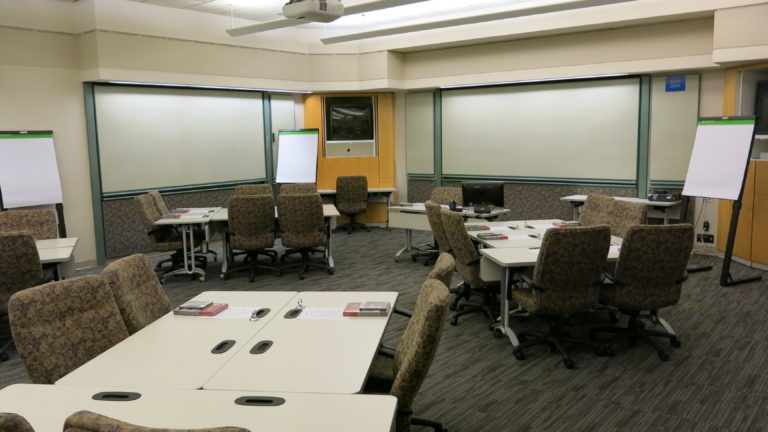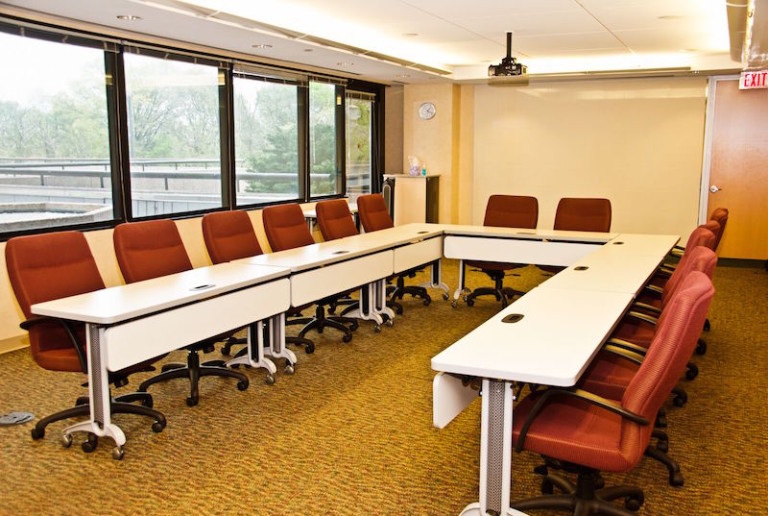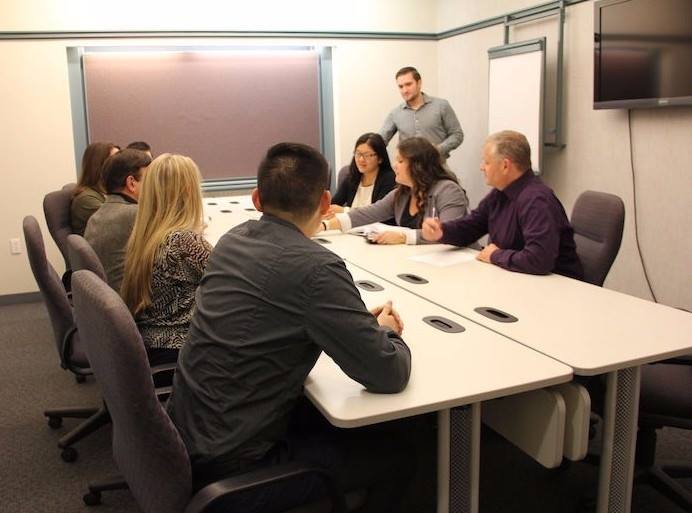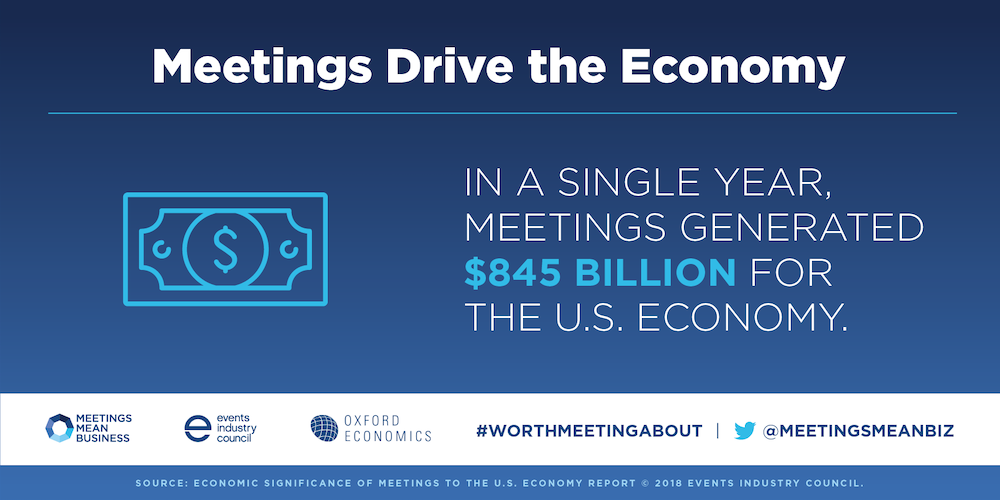When it comes to crowdsourcing, you probably want to know more. With how interactive the world is, what with the internet and other communication devices, crowdsourcing has become easier than ever. Crowdsourcing is one of the best ways to strengthen your mission, by pulling in new voices and ideas, by creating a space in which others can challenge your work and fortify it. But there’s a way to do it correctly, and there’s so much more that we can learn about it. In order to help meeting professionals better understand the concept and benefits, we’ve put together a few of the top TED Talks addressing the subject.
What Humans Can Learn From Semi-Intelligent Slime by Heather Barnett
Can we, as humans, learn from semi-intelligent slime mold? Heather Barnett speaks on the subject, inspired by the design and organization of the slime systems, to tell us how we can better communicate and create with others.
The Birth of Wikipedia by Jimmy Wales
With Wikipedia being considered a “godfather of crowdsourcing” it’s a perfect example of how to build a proper crowdsourced outcome from a common goal. While it sounds chaotic, Wikipedia works, and Wales explains just how that can be.
Open-Source Cancer Research by Jay Bradner
An example of crowdsourcing at its best, this Talk about a medical firm opening up its research among their peers shows just how much can be gained from accessing the crowd. Bradner speaks about the positives of having more sources to turn to, and more ideas that come from it, when using crowdsourcing in the medical field.
A Virtual Choir 2,000 Voices Strong by Eric Whitacre
A more musical example, Eric Whitacre performs a piece of music with a choir made up of 2,000 people that have never met each other, or even sung in the same room. Using media platforms as his crowdsourcing base, he creates a massive choral piece that sounds amazing, and makes a point on how connected the people of the world really are.
If you’re in need of a venue for your meetings, or would like a venue for your crowdsourced conferences, then AMA Executive Conference Centers is there for you. Please, feel free to contact us to inquire about our centers in Atlanta, New York City, San Francisco and Washington DC, and we will help you have the perfect space from which to expand your business.


